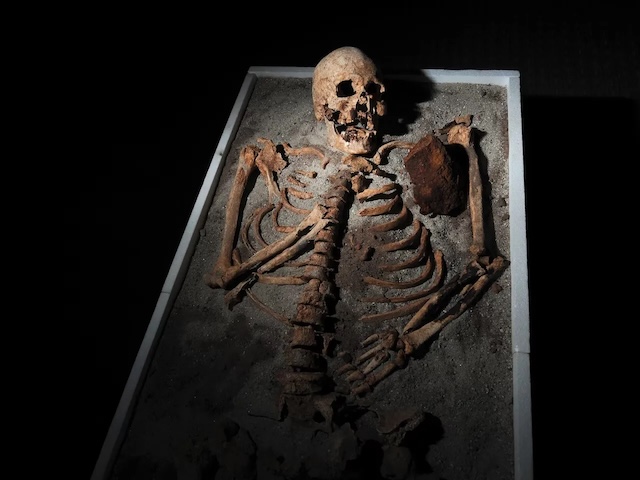In the coastal town of Sozopol, Bulgaria, archaeologists have uncovered a spine-chilling relic of medieval superstition—a 700-year-old skeleton known as the “Toothless Vampire.” Buried with an iron rod through its chest and missing its teeth, this eerie find sheds light on ancient burial practices meant to prevent the dead from rising. The discovery opens a window into the fears and legends that once haunted the medieval world, sparking questions about where myth ends and reality begins.
The Toothless “Vampire” Skeleton Discovered in Bulgaria
In the coastal town of Sozopol, Bulgaria, an extraordinary archaeological find has captivated the world: a 700-year-old skeleton famously known as the “Toothless Vampire.” Unearthed among the ruins of a medieval church, this skeleton immediately drew attention due to its unusual features—a missing set of teeth and an iron rod driven through its chest. These characteristics offer a window into the superstitions and fears that once dominated the lives of medieval Bulgarians.
A Frightening Find in Sozopol
The discovery in Sozopol came as a surprise to archaeologists who were carefully excavating the site. Among the bones found in the grave lay an iron bar, a chilling indication of a traditional anti-vampire ritual. The absence of teeth further distinguished this skeleton from others unearthed throughout Europe, suggesting that this individual was regarded as particularly dangerous in the eyes of the local community.
Nikolai Ovcharov, the archaeologist leading the excavation, stated, “We have no doubts that once again we’re seeing an anti-vampire ritual being carried out.” This statement aligns with the historical context of vampire legends in the region, where people believed the dead could return as malevolent spirits. Such burials were intended to prevent the deceased from rising, thereby ensuring the safety of the living. In Bulgaria, as well as other parts of Eastern Europe, these superstitions were deeply ingrained in cultural practices.
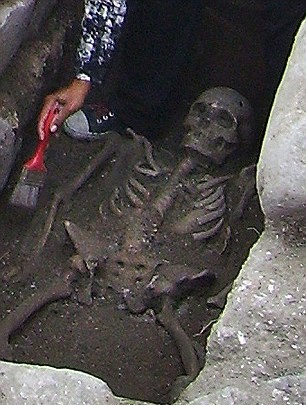
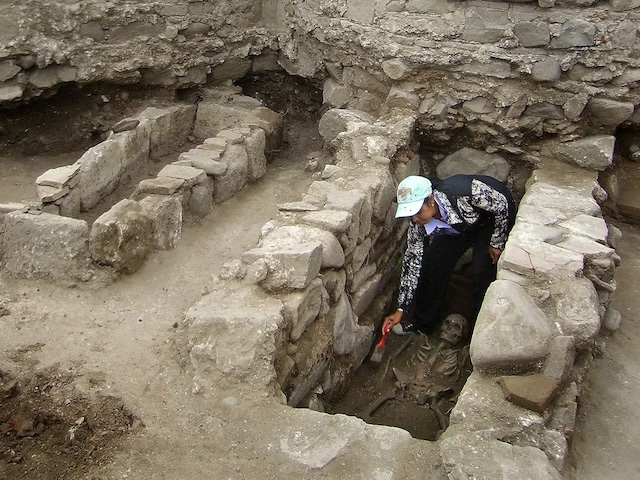
Bozhidar Dimitrov, director of the National History Museum in Sofia, further explained, “This was a pagan belief widespread in the Bulgarian lands in the 12th to 14th centuries. People were very superstitious then. Throughout the country, we have found over 100 such ‘vampire’ burials of mainly noblemen from the Middle Ages who were branded bloodsucking immortals.” The discovery of the “Toothless Vampire” thus becomes part of a larger narrative, shedding light on the medieval customs intended to keep the supernatural at bay.
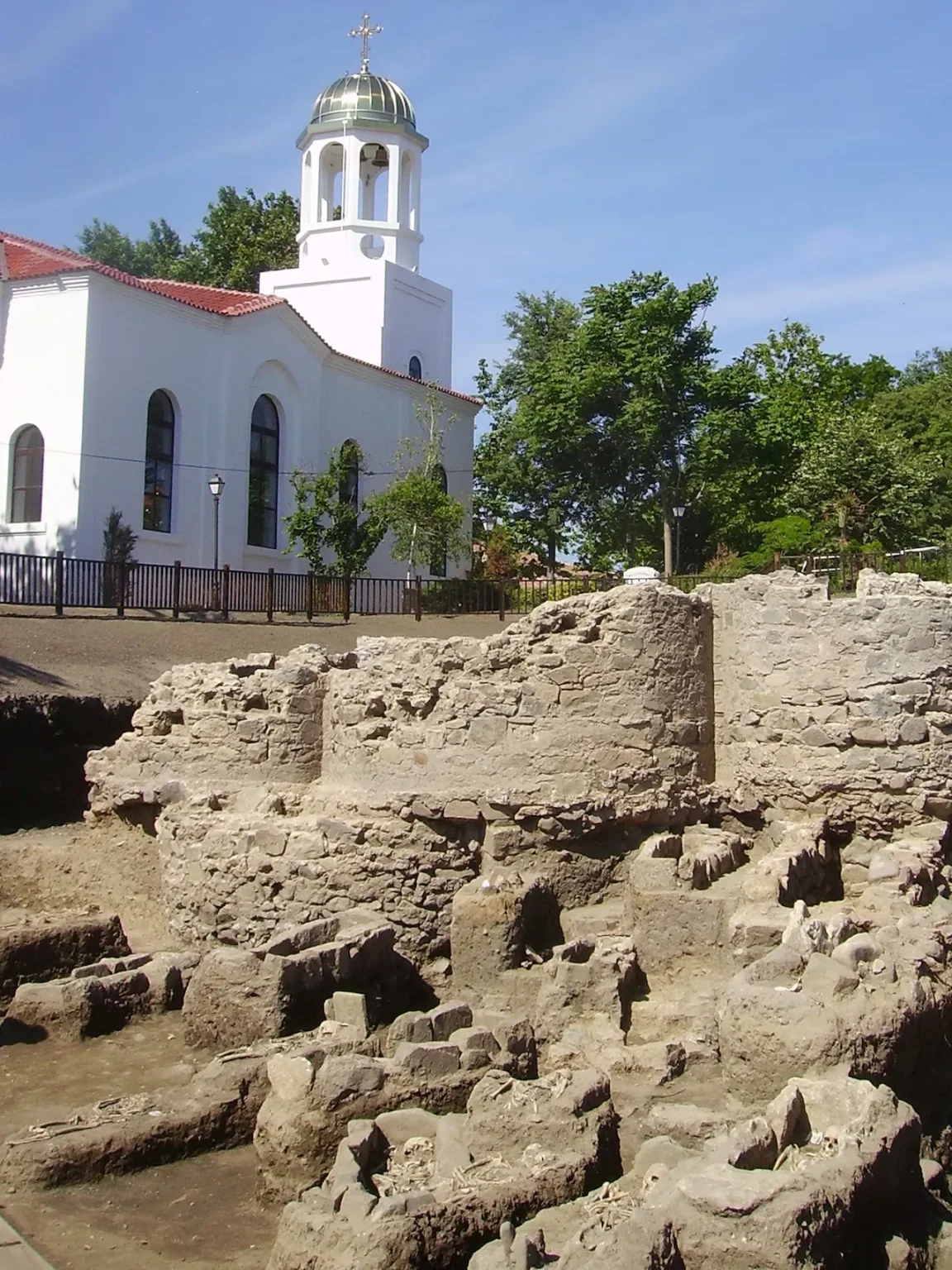
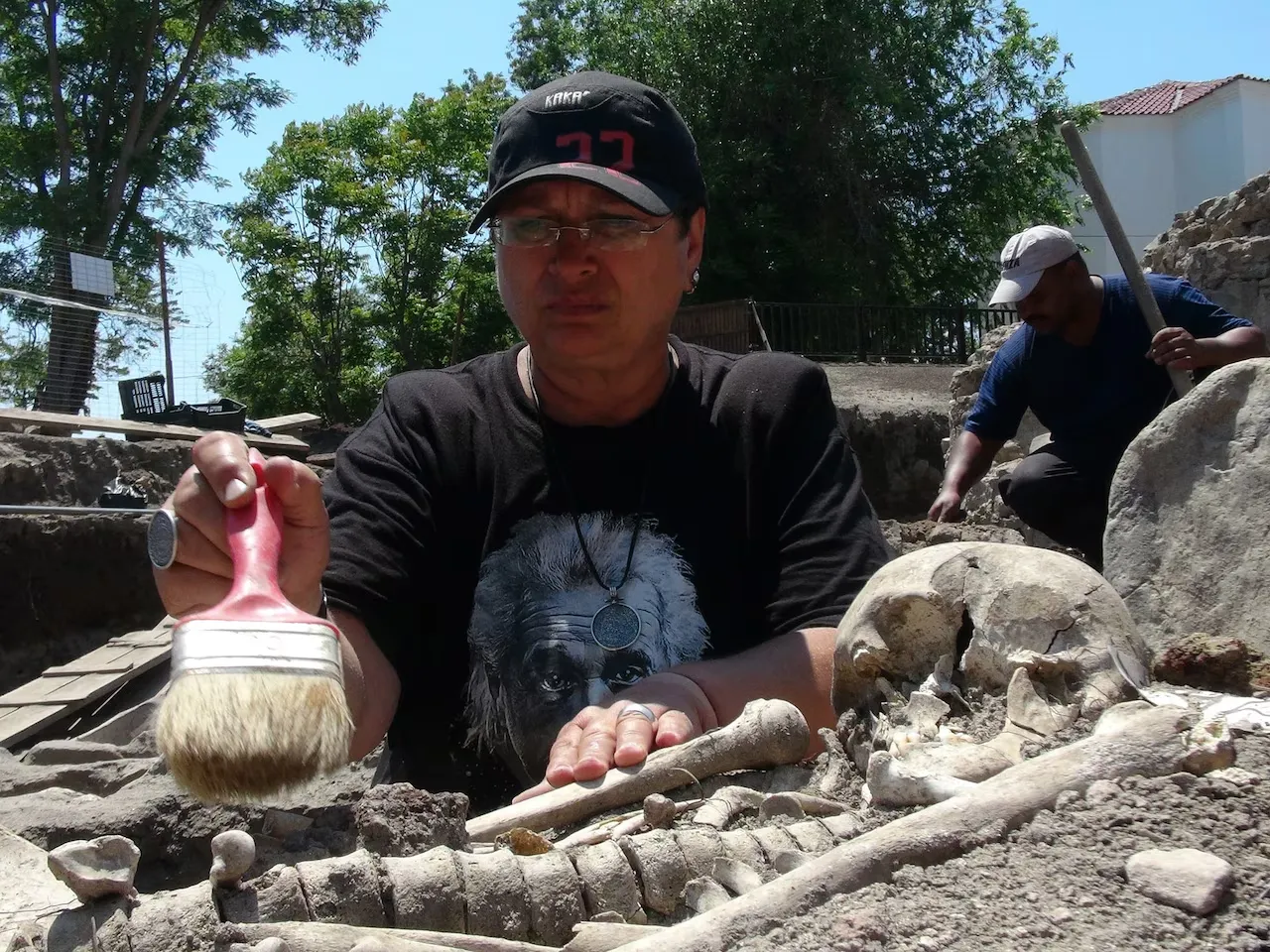
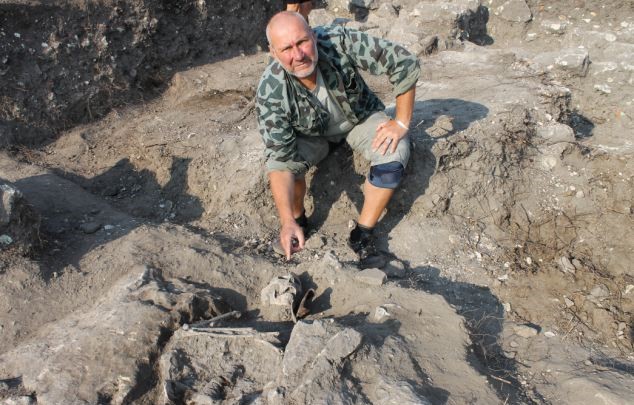
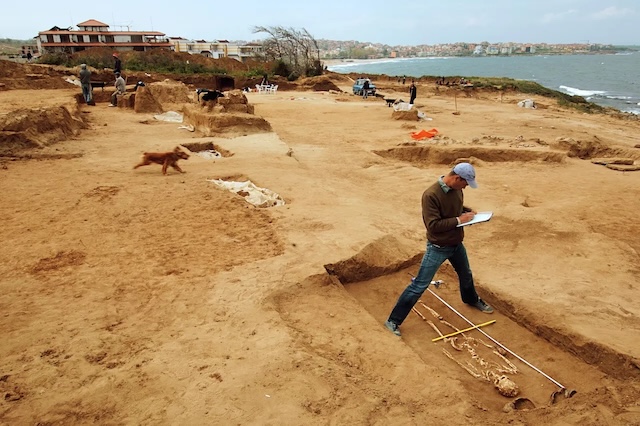
Interpreting the Past Through Burial Practices
The burial practices observed in Sozopol reflect a society heavily influenced by fear of the unknown. The use of iron stakes and removal of teeth were part of ancient rituals believed to prevent the undead from returning. This discovery is not unique to Bulgaria; similar practices have been identified in Slavic regions, where tales of vampires and the supernatural were widespread.
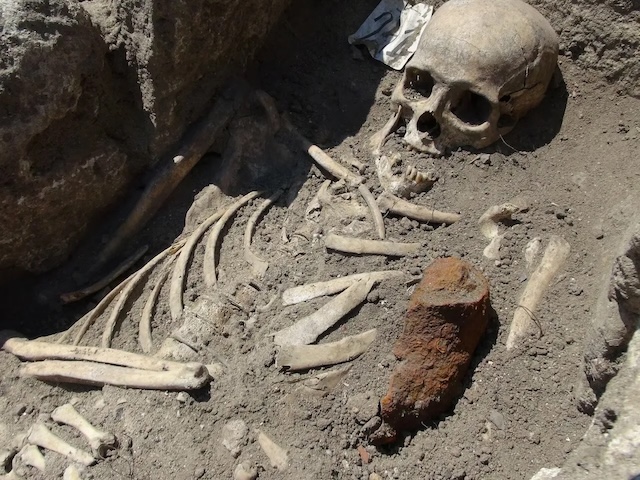
Among the Romani, for instance, individuals with peculiar physical features or deformities were often considered “one who is dead.” In Russia, those who spoke to themselves were thought to possess vampiric qualities. The fear of the undead was so pervasive that entire communities would conduct anti-vampire measures, such as staking corpses or setting them alight. The Sozopol skeleton serves as a direct link to these ancient beliefs, illustrating how superstition shaped the actions of people living centuries ago.
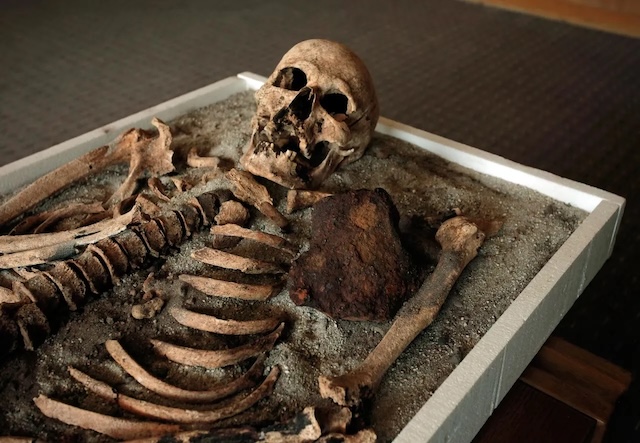
Analyzing the “Toothless Vampire”
The forensic examination of the “Toothless Vampire” has revealed insights into the skeleton’s age and origins. Carbon dating indicates that the burial dates back to medieval times when supernatural fears were commonplace. While specific DNA results have not been released, they could potentially reveal more about the individual’s lineage, health, and lifestyle.
This discovery has sparked debates among historians and archaeologists, challenging our understanding of medieval society. The skeleton is not merely an archaeological curiosity; it is a representation of a cultural phenomenon that blurred the line between myth and reality. The use of anti-vampire measures like iron stakes and tooth removal showcases the extreme lengths to which people went to protect themselves from what they perceived as threats. These burial customs highlight the power of folklore and its influence on daily life in medieval Europe.
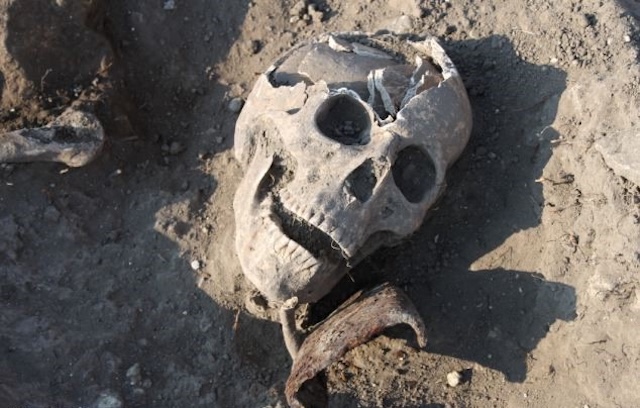
Conclusion
The “Toothless Vampire” skeleton found in Bulgaria is much more than a peculiar archaeological find—it is a key to understanding the fears, beliefs, and practices of medieval communities. This discovery sheds light on how superstition governed actions and influenced burial customs, providing a glimpse into a world where the boundary between myth and reality was not always clear. As we continue to explore such findings, they invite us to reflect on how our ancestors confronted the mysteries of death and the supernatural.
Through this unique skeleton, we gain not only historical knowledge but also an appreciation for the stories that have persisted through centuries. The “Toothless Vampire” stands as a testament to the power of myth in shaping human behavior, reminding us that archaeology is as much about unearthing tales of the past as it is about uncovering bones.
